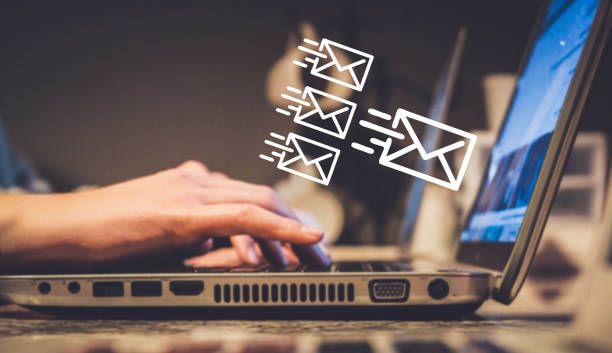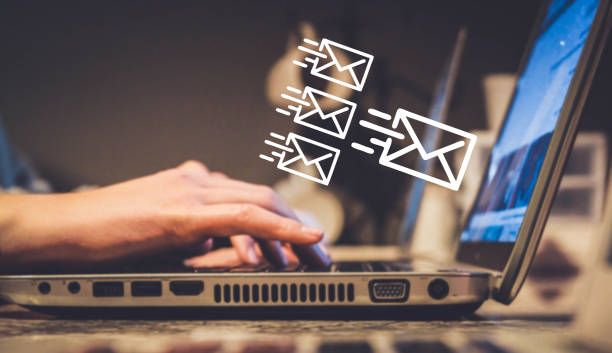In today's fast-paced digital world, effective communication is key to conveying your message clearly and efficiently. Email has become a primary mode of communication, both in professional and personal settings. To make your emails more impactful and visually appealing, incorporating check mark symbols can be a game-changer. In this article, we'll explore the power of the check mark symbol in email communication and provide you with valuable insights on how to utilize it effectively.
The Significance of Check Mark Symbols
Check mark symbols hold a universal meaning of confirmation, completion, or approval. They act as visual cues that can enhance the clarity and understanding of your message. Whether you're sending an important report, sharing a to-do list, or organizing tasks, check mark symbols can add an extra layer of professionalism and engagement to your emails.
Inserting Check Mark Symbols in Emails:

- Utilizing Character Codes: Most email clients and applications support character codes, which allow you to insert special characters, including check mark symbols. For instance, in Microsoft Outlook, you can use the character code "✔" (Alt+Checkmark) to insert a check mark symbol directly into your email body or subject line.
- Copy and Paste: Another simple method is to copy the check mark symbol from external sources, such as websites or character map tools, and paste it directly into your email. You can visit websites like Emojipedia or use character map utilities available for your operating system to find and copy the check mark symbol (✓).
- Autocorrect or AutoText: Some email clients, like Microsoft Outlook, offer autocorrect or AutoText features that allow you to create custom shortcuts for frequently used symbols. By setting up a shortcut, such as "chk," you can instantly convert it into a check mark symbol when typing your emails, saving you time and effort.

Enhancing Email Communication with Check Mark Symbols

- Task Management: When sharing task lists or progress reports, incorporating check mark symbols next to completed tasks can provide a quick visual overview of the project's status. It helps recipients easily identify completed tasks and ensures nothing is missed.
- Approval and Confirmation: In professional settings, check mark symbols can be used to indicate approvals or confirmations. Whether it's approving an expense report or confirming attendance, the check mark symbol adds a professional touch and fosters clarity in your email communication.
- Surveys and Feedback: When conducting surveys or seeking feedback via email, check mark symbols can serve as rating indicators or response options. For instance, you can use a check mark symbol to represent a positive response or agreement, allowing recipients to quickly understand and respond.
Commonly Asked Questions:
Q1: Can I customize the appearance of the check mark symbol in my emails?
A1: While the appearance of the check mark symbol may vary slightly depending on the font and email client, it generally maintains its recognizable shape. However, you can experiment with different fonts to find one that aligns with your preferred visual style.
Q2: Are check mark symbols universally supported across all email clients?
A2: While most modern email clients and applications support check mark symbols, it's important to consider that older or less common email clients may not display them correctly. To ensure compatibility, you can use character codes or copy and paste methods mentioned earlier.
Q3: Can I use check mark symbols in email subject lines?
A3: Yes, you can insert check mark symbols in email subject lines using the same methods discussed. However, it's advisable to use them sparingly and ensure they align with the subject matter to avoid confusion or misinterpretation.
Q4: Are there any alternative symbols to check marks that convey a similar meaning?
A4: Yes, if you prefer not to use check mark symbols, other symbols like a green tick mark or a filled circle can also convey a sense of completion or confirmation. However, check mark symbols are widely recognized and understood, making them a popular choice in email communication.
Conclusion:
Incorporating check mark symbols in your email communication can significantly enhance the clarity, professionalism, and visual appeal of your messages. Whether you're managing tasks, seeking approvals, or conducting surveys, these symbols serve as powerful visual cues that facilitate understanding and engagement. By following the methods outlined in this article, you can easily insert check mark symbols into your emails and unlock the full potential of effective email communication.

